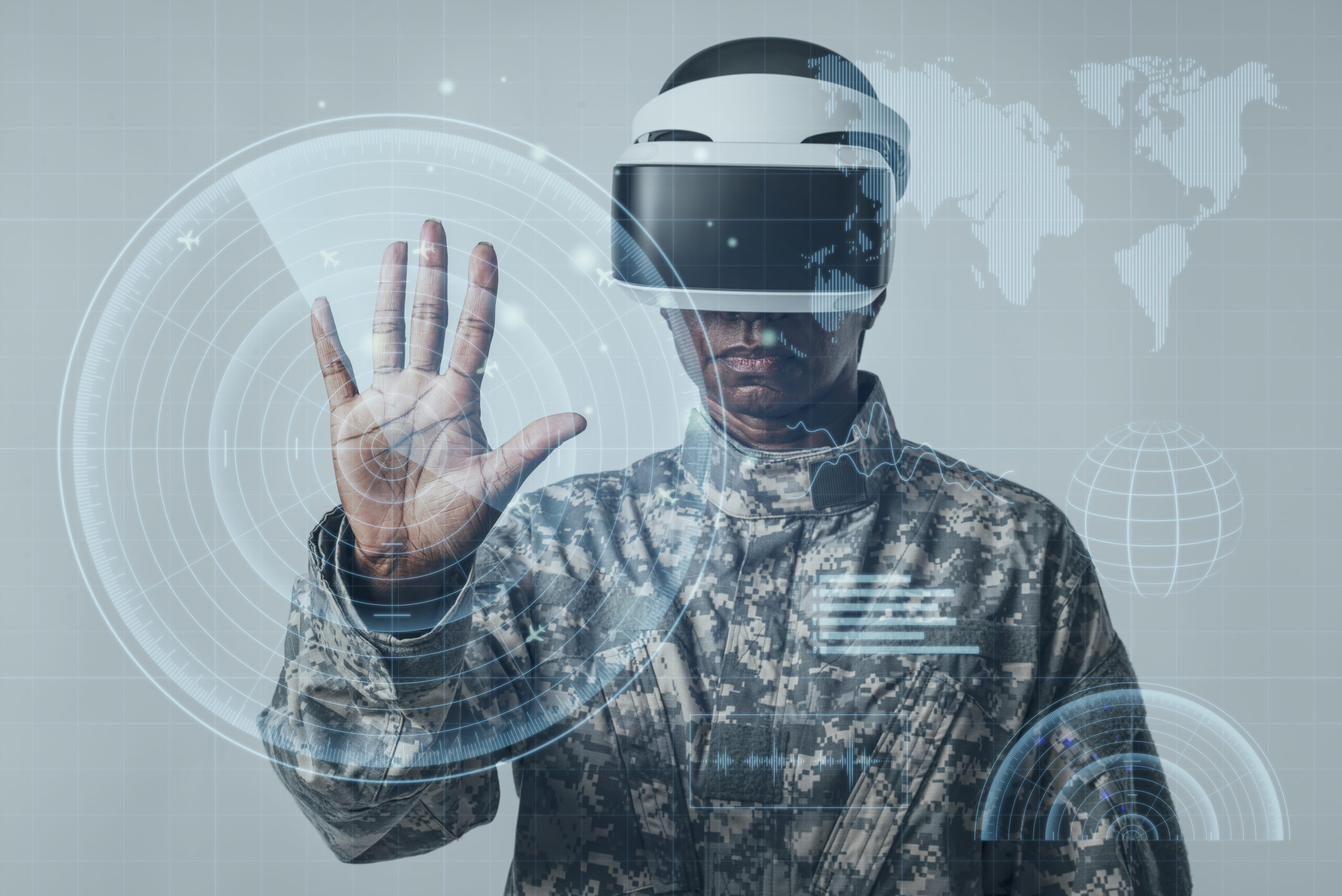Summary: Learn more about the applications of augmented reality in the education and eLearning industries. Also read about the benefits of AR in education, including some real life examples.
How is the educational industry converted?
The AR experience is thriving as a major trend and it is estimated that there will be 2.4 billion augmented reality mobile device users worldwide by 2023; However, in 2015 there were only 200 million users. That’s a huge influx of numbers that can’t, but my interest in this article revolves around the use of augmented reality in e-learning and education applications. Many of us just know that augmented reality is used in mobile games like Pokémon Go and social media platforms like Snapchat. Education is another important area where this technology is making the sails fly.
Are you curious about how to do it? Let’s catch up on the knowledge of using AR in education.
How can AR (augmented reality) transform the learning experience?
As I mentioned earlier, augmented reality has its own magic. You can change the way we interact with mobile apps and other visual graphical experiences. In fact, augmented reality is able to enlarge computer-generated graphics in the real environment on the screen. Your moving camera into space, AR allows you to view a computer generated object on your screen. Overall, this happens in real time as you view it from your camera. This technique can allow students to learn in a more interactive environment. Another aspect of the AR experience is that it is 25% digital reality and 75% real-world reality. This means that it does not replace the entire environment with the virtual one; rather, it integrates virtual objects into the real world. Now you may be wondering how this can help with eLearning. Well, here are some tips that explain how AR can transform the learning experience. If you want to develop an AR education application, you can also take advantage of eLearning software development from experienced developers.
Augmented Reality In Education
With AR, teaching in the classroom can be extraordinary and more interactive, as AR allows teachers to show virtual examples of concepts and add game elements to support textbook material so teachers can learn students faster and memorize information. easy to visualize Here are some examples of augmented reality in education:
- An AR application called “Dinosaur 4D +” with a series of flash cards allows users to view dinosaurs in 3D by scanning the card. This allows students to see the dinosaurs’ actions and use the application’s features to rotate, zoom, and more. , the application also provides information on each dinosaur.
- Another promising example of augmented reality in education is the “Element 4D” AR app that makes learning chemistry fun. The app allows users to find atomic weight, chemical elements, reaction between two chemicals and their names by simply placing two cubic sheets for a special element block. Isn’t that fantastic?
- Another admired example of Augmented Reality / Virtual Reality in education is Google Expeditions, which allows users to view 3D objects like volcanoes, storms, and even DNA in the classroom. This app features over 100 AR expeditions including the history of technology, the moon. Landing and more.
From the above examples, it is clear that AR in education can prove to be a very interesting and useful intervention that will change the education system for at least the next 100 years. And it is not just elementary education, it will also transform higher education and training systems. Let’s take a look at them.
AR In Professional Training
Sectors such as aerospace, aviation, hospitality, military, and others must invest huge sums of money and equipment in military training. With AR, expenses can be reduced and training can be interactive.
Here are the ways to achieve this:
The concept of AR-based RM (Virtual + Existing Reality) can enable astronauts to train in real life and perform tasks, such as maintaining a space station. Sidekick is a NASA project that is testing Hololens to provide virtual illustrations and instructions for use in crew training. Overall, its use in military training is the main attraction, as it can help train soldiers to use the equipment in a virtual environment. This is to prevent soldiers from putting themselves in danger and training easily.
By now you should have understood how effective and important the use of AR in education can be. I would rather say that it will be a revolutionary technology. You do not believe me? Let’s see how its adoption is accelerating in eLearning applications in 2021/2022.
AR In eLearning Applications
Since the students have to learn from home, it has become very difficult to involve the students in the lectures. For this reason, e-learning application owners are enthusiastically embracing AR technology. Overall, the development of augmented reality is also gaining in importance in the market.
Activated e-learning applications render the enlarged object on the screen and reproduce 3D examples of concepts that enable students to learn and participate. In summary, computer graphics are also widely used, making it possible to capture an object and display it in the expanded and rendered environment. looks for the object. This means that the application can capture the image of objects from the real environment and provide a detailed description of the object. You can also create your own AR enabled eLearning application with a unique concept.
If you leave everything, you can enable AR requests in the formation a wide range of benefits.
Benefits Of AR Technology In Education
Augmented Reality in the education sector offers several coveted benefits, including:
A Swift And Effective Learning System
AR in Education enables students to acquire knowledge through rich imagery and thematic immersion. In addition, language technology engages students by providing full details on the topic in a language format. Sense in humans.
Easy access to learning materials anytime, anywhere
Augmented reality can replace manuals, physical forms, printed posters, and brochures. This mobile learning mode also makes it possible to reduce the cost of teaching aids and facilitate access to them for all.
Immersive Practical Learning
It can also help with vocational training. Imagine being able to cook or operate a space shuttle without endangering others or spending millions of dollars.
Engage Students And Spruce Up Their Interest
Gamification of AR and the education system can make student attitudes more positive. It makes learning interesting, fun and effortless and improves collaboration and skills. It also offers vast opportunities to make lessons less tiring by infusing unprecedented interactivity through a computer-generated environment. ELearning engages students in an advanced environment where they can see how concepts are realized. To create such applications, companies hire developers who are skilled in AR development.
Wrapping Up
Augmented reality can change the traditional education system by transforming the whole learning experience. Overall, this will also have an impact on the interest of the students and make them effective. Additionally, it will help students understand concepts in an immersive environment, which will simplify concepts and facilitate learning. In addition, educational institutions will also benefit from colossal attention by providing a great learning experience through technology.

